Eric Bernasconi.
University Hospital of Lausanne, Lausanne, Switzerland
[tabs] [tab title=Presentació icon=”desktop” icon_color=”#87B1B5″]<
[/tab] [tab title=Abstract icon=”book” icon_color=”#87B1B5″]
Host-microbe interplay sets the lower airway microenvironment in lung transplantation
Eric Bernasconi.
University Hospital of Lausanne, Lausanne, Switzerland
The lower airways can be considered as an ecosystem, whose equilibrium post-transplantation conditions graft survival. Due to long-term use of immunosuppressive and antibiotic therapy, the transplanted lung offers particular microenvironmental conditions. Despite prophylactic and therapeutic regimens, strong disturbance in local conditions may be observed. In particular, inflammatory episodes are elicited, most often by lower airway infections and during the first months post-transplant. Later, the onset of bronchiolitis obliterans syndrome, a clinical manifestation of chronic lung allograft dysfunction (CLAD) associated with obstructive fibrotic airway remodeling, has also been linked to host-microbe interactions, through pathogen-driven inflammatory triggers and/or impaired host innate responses affecting bacterial clearance. Hence, a concept of growing interest suggests that host-microbe interactions in lower airways are involved in controlling resistance to disturbance, or supporting a return to equilibrium. Correspondingly, microbiota dysbiosis may reflect a substantial disturbance in local conditions. Our work allowed to determine the microbiota composition based on 16S ribosomal RNA analysis in a total of 203 bronchoalveolar lavages obtained from 112 patients, up to 12 months post-lung transplantation. Host cellular gene expression profiles were characterized in parallel, by quantifying expression of a set of genes involved in prototypic macrophage functions. We found that the characteristics of the pulmonary microbiota align with distinct innate cell gene expression profiles. While a non-polarized activation was associated with bacterial communities consisting of a balance between pro-inflammatory (e.g. Staphylococcus and Pseudomonas) and low stimulatory (e.g. Prevotella and Streptococcus) bacteria, “inflammatory” and “remodeling” profiles were linked to bacterial dysbiosis. Mechanistic assays provided direct evidence that bacterial dysbiosis could lead to inflammatory or remodeling profiles in macrophages, while a balanced microbial community maintained homeostasis. We conclude that host-microbe interactions determine the lower airway microenvironment post-lung transplantation, and consequently could impact upon graft survival.
[/tab] [tab title=Currículum Vitae icon=”briefcase” icon_color=”#87B1B5″]
Eric Bernasconi. Holding a PhD in molecular virology, I have been trained since 1999 as a mucosal immunologist in the Division of Immunology of the University Hospital of Lausanne, Switzerland, where I studied the ability of gut-derived micro-organisms to modulate epithelial permeability and allergic responses. I then joined in 2005 the Division of Gastroenterology, where my focus was on innate cell activation during colitis, and the critical role of macrophages in wound healing. Since 2011, my studies as Research associate in the Division of Respiratory Medicine directed by LP Nicod (Head of Division) and BJ Marsland (Head of Research), still at the University Hospital of Lausanne, allows me to bring these different topics together. Specifically, we assess the extent to which variations in the pulmonary microbiota composition are associated with underlying immunological changes, and how such variations may impact upon lung function within the transplantation context.
[/tab] [/tabs]


